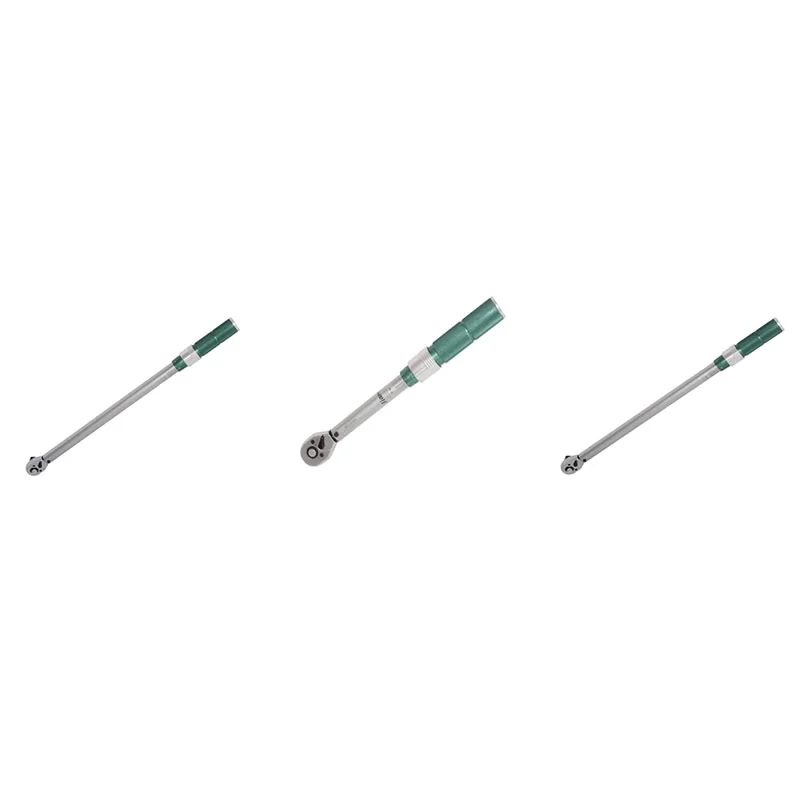How Often Should I Calibrate My Torque Wrench
Users of Torque Tools are aware that regular usage and wear and tear
can affect the internal mechanisms of the tool, leading to deviations in torque delivery.
This can result in fasteners being either too loose,
risking disengagement under stress, or too tight, causing deformation, shearing, or breakage.
Over time, a Torque Wrench is likely to fall out of calibration.
However, this does not indicate any inherent issues with the tool itself;
a simple recalibration can restore its accuracy.
Determining the appropriate frequency for calibrating torque wrenches
can be challenging for businesses. Calibrating too
frequently can be costly and disruptive to processes.
On the other hand, infrequent calibrations may lead to undetected production of
faulty or defective products for which liability
may arise if failures occur in real-world applications.
As a general recommendation, it is standard practice to calibrate
torque wrenches every 5,000 cycles or at least once every 12 months—whichever comes first.
However, several factors can influence torque tool
accuracy and necessitate more frequent calibrations. For instance:
1. If the torque tool experiences frequent drops or impacts.
2. When operating in extreme conditions such as high heat, cold temperatures, humidity or wet environments.
3. If the torque wrench is subjected to overloads equal to or exceeding 25% of its maximum capacity.
Additionally, if a torque tool exhibits visible signs of wear
and tear such as old grease residues, worn components,
or loose screws; it should be taken out of service for inspection.
Why Choose SAIVS™ as Your Supplier?
With 20 years of industry experience, SAIVS is a leading Chinese manufacturer of high-quality tools, offering competitive pricing and excellent customer service.We pride ourselves on exceptional quality control, extensive experience, and comprehensive after-sales service.
